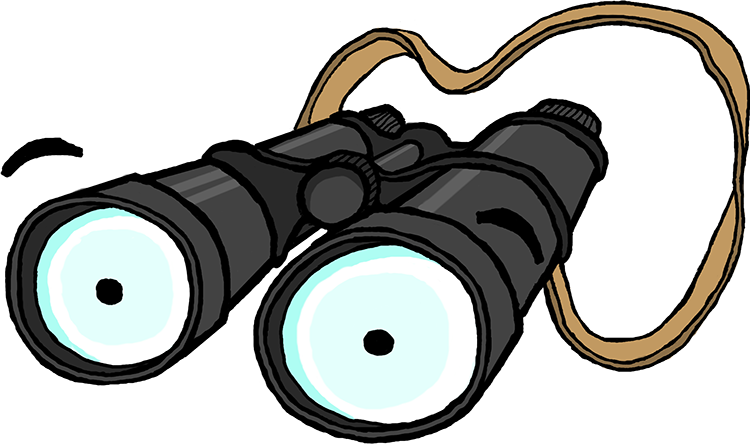Animals
Despite the advancement in weaponry during the First World War, animals were heavily relied upon by all sides both physically and psychologically. They took on a multitude of roles such as transport and communications. Horses and dogs were considered so essential on the battlefield that gas masks were made for them.
Dogs
Dogs were some of the most trusted workers during the War and took on a variety of roles depending on their size, intelligence and training. Sadly, thousands of dogs were lost to disease, starvation, exhaustion and enemy attack.
Sentry dogs: These were typically Dobermans and would stay with one owner to act as a guard dog. They were trained to give a warning signal such as a growl or snarl to indicate when there was an unknown presence in the area.
Scout dogs: These were highly trained in avoiding detection. They would accompany soldiers on foot patrol and could detect enemy scent up to 1000 yards away. To avoid drawing attention to the squad, a scout dog would stiffen, raise its hackles and point its tail.
Messenger dogs: These dogs helped to get messages to the front line from one base to another. Dogs were able to travel over any terrain a lot faster than humans and presented less of a target to a sniper.
A Man’s Best Friend
Lieutenant Colonel Edwin Hautenville Richardson began training dogs for military purposes in 1900 after learning of a German purchasing large quantities of collie dogs for the German Army on behalf of his government. Richardson bought land for farming at Carnoustie on the east coast of Scotland with his wife Blanche Bannon where they pursued their mutual interest in canine training. Officers at the nearby Barry Buddon army camp took an interest in their work and allowed Richardson to bring his dogs in to experiment during the training of soldiers. Richardson and Blanche were eventually asked by The War Office to set up the first British War Dog School at Shoeburyness, Essex.
Pigeons
Approximately 100,000 pigeons were used as messengers during the war, they always flew home when released so the troops had to ensure that there were nests placed where they needed the messages sent to. Pigeons were strapped into corsets and dropped by parachute at arranged ‘drop zones’ for secret agents working behind enemy lines.
DID YOU KNOW...?
The Imperial Camel Corps Brigade was a camel-mounted infantry brigade that served in the Middle East for the Allies. The unit included one battalion each from Great Britain and New Zealand, and two from Australia.
Horses
At the start of the war horses were mostly used by the cavalry – soldiers who fought on horseback using swords and guns. However, due to the nature of trench warfare on the Western Front and the development of machine guns, cavalry charges could no longer be used, so horses were used for transportation instead.
As the War was initially presumed to be ‘over by Christmas’, the Army Medical Services did not initially invest in motorised ambulances, but used horse power to take the wounded to first aid stations. The horses suffered almost as much as the casualties during the long and difficult journeys over shell-cratered terrain.
In 1914 the British Army owned 25,000 horses but this was not considered enough, so thousands more were recruited from rural Britain and purchased from countries around the world, such as the United States, Canada, New Zealand, South Africa, India, Spain, Portugal and Argentina. While the Allies were able to import horses, the Central Powers could only replace their losses by conquest, and requisitioned many from Belgium, France and Ukraine.
It is estimated that around eight million horses from all sides died during the War.
Blue Cross Fund for Horses
Although mechanised ambulances eventually replaced horses, horses continued to be used for all other work. Lady Smith-Dorrien, wife of General Sir Horace Smith-Dorrien, became President of the Blue Cross Fund for Horses which provided veterinary surgeons and hospitals for wounded horses. One fund-raising initiative was the publication of a Book of Poems for the Blue Cross Fund. Several poems are by children, the youngest contributor was Inez Quilter, ages 11. She lived in Suffolk and would have seen the Army requisitioning, the cart horses which were previously used for farm work.
An Answer to Cavalry Charger – Helena Robinson
We’ve read your appeal, faithful charger.
There is truth in the story you tell,
So we're sending you on a subscription.
And hope others will do so as well.
You deserve all our help and pity.
For you have helped our soldiers so true,
To fight for their dear Country's honour,
And you have shared in their sorrows, too.
You've borne the brunt of battle bravely.
Now you are badly wounded and torn.
You want our kind care and attention.
And need rest for your body so worn.
You shall have it, true-hearted charger.
We will tell of your right noble fall.
Then others will help to restore you,
And respond to your sad-hearted call.
You are but a cavalry charger,
Yet the God that made us, made you,
So we'll pray for you and your comrades.
And we know God will answer us, too.
We'll uphold the work of the ''Blue Cross."
We will do just as much as we can.
To help you, dear cavalry charger.
For we know you're the true friend of man.
“Sall” – Inez Quilter
I’m none of yer London gentry,
Non o’ yer Hyde Park swells,
But I’m only a farmers plough horse
And I’se born among hills and fells.
Yer mus’n’t expect no graces
Fer yer won’t get ‘em from me,
I’se made as nature intended
An’ I’m jus’ plain Sall, d’ye see.
You’ve not seen me in the Row yet
An; yer won’t, if yer try so ‘ard,
I’m not a show ‘orse yer forget
But I’m Sall, plain Sall, and Sall goes ‘ard!




